What Are Macronutrients?
Macronutrients are the three main nutrients that make up calories (our foods). The term “macro” means “large-scale”, so this is a simple, large-scale way of looking at food. Macronutrients, which we will learn later, is a more complex, deep dive look into foods. Macronutrients consist of proteins, carbohydrates and fats and you can consider these the main building blocks of the body. If you’re like me, you’ve learned about macronutrients in the past but there may be a lot that you don’t remember about your favorite foods!

So, let’s take a trip down memory lane and go over the basics regarding macronutrients. Take this time to write any interesting things that you learn in your Warrior Journal for reference later. Physically writing things down can help your brain to better remember the details. We’ll begin with carbohydrates.
Carbohydrates
Carbohydrates come in many different forms, but the most common are sugars, fibers and starches. Carbohydrates provide our bodies with 4 calories per gram. Examples of foods that contain carbs are breads, milk, potatoes, rice, and cake. So here, we can already see that there are healthy forms of carbs, and some not so healthy forms. Carbohydrates often get a bad reputation due to the misconception that carbs automatically = weight gain. This CAN be true if we’re consume the wrong types of carbs, but carbs are an essential part of our diet because they provide our bodies with energy to burn.
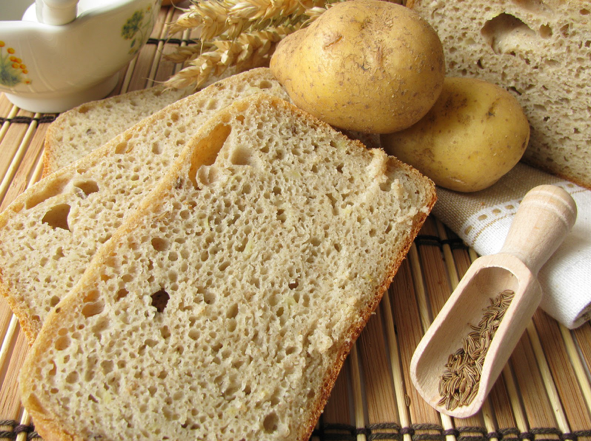
Our bodies burn carbs that we consume as a quick, first source of energy when we need it. Carbs get their reputation as “weight gain causes” because many of us use them wrong. Looking at our foods purposefully can help us to eat them at the right times, and carbs should be eaten in proportion to our activity and lifestyles. More active people will consume more carbs, because they are constantly using those carbs as energy while being active.
What happens when we consume carbs and don’t burn it? If you guessed “we get fat”, you would be correct! The carbs that we don’t burn are stored in our body for later use as “fat” energy to be burned later. So let’s take a look at fats.
Fats
Fats are another macronutrient that get a bad reputation. Fats are the most calorie dense of the three macronutrients at 9 calories per gram. Some of the foods that fats are found in are meats, milk, nuts, grains oils, and even vegetables like avocados contain fats. Fats coat membranes, store energy and insulate tissues. The three different types of fat are saturated, unsaturated and trans fats.
Saturated Fats
Saturated fats are fats that are usually solid at room temperature and have high melting points. Some examples of foods that contain saturated fats are beef, pork, milk, cheese and butter. It is debatable whether or not saturated fats are good for you, so a good rule of thumb is to limit them in your diet. Some studies have shown saturated fats to increase heart disease and can cause damage to blood vessels. Again, these fats are okay in moderation, but generally, we should limit the amount of these fats that we intake.
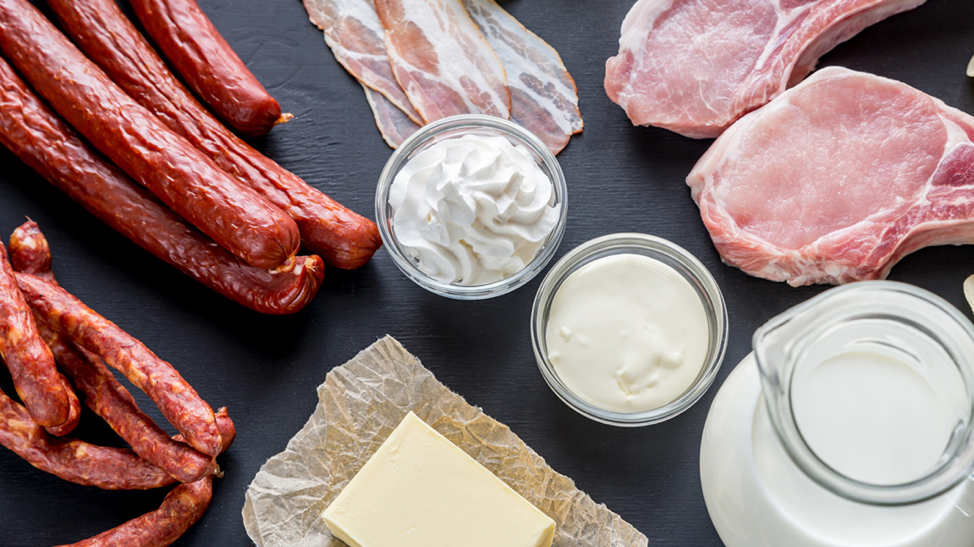
Unsaturated Fats
Unsaturated fats are liquid at room temperature and generally considered the healthiest fat. Foods that are high in fats include plant-based oils like peanut oil, canola oil and olive oil, avocados and nuts and seeds. Some meats such as fish can also contain unsaturated fats along with saturated fats. It is suggested that 8-10% of our diets are unsaturated fats.
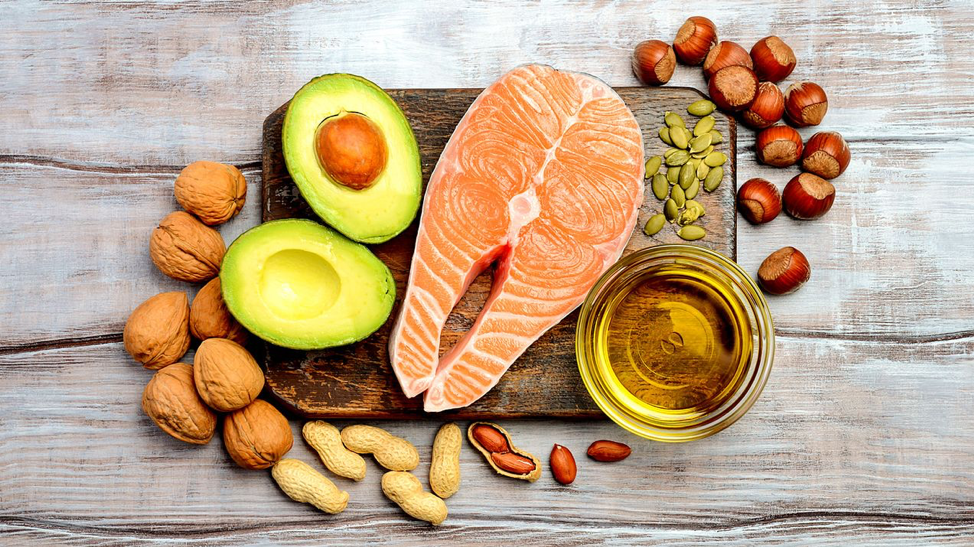
Trans Fats
As a general rule of thumb for a healthy diet, you want to avoid trans fats as much as possible. Trans fats can occur naturally, but most trans fats found in foods are processed by adding hydrogen to liquid vegetable oils to make them more solid, similar to saturated fats. This was thought to be a benefit because you could use it as a cheap substitute for more expensive saturated fats. They were easy to use, able to be reused and last a long time. Before the 1990’s, little research was done on the effects of trans fats, so they made it into many fast foods like fried foods, doughnuts, pizza, cookies, stock margarines… See where this is going? In fact, trans fats have shown to be so bad for you, they have been banned in the United States as of June, 2018 .
Trans fats raise your bad cholesterol (LDL) levels and lower your good cholesterol (HDL) levels. These fats are known to increase your risk of developing heart disease, type 2 diabetes and strokes.
Pro tip: Trans fats can also be spotted in ingredient lists as “partially hydrogenated oils”
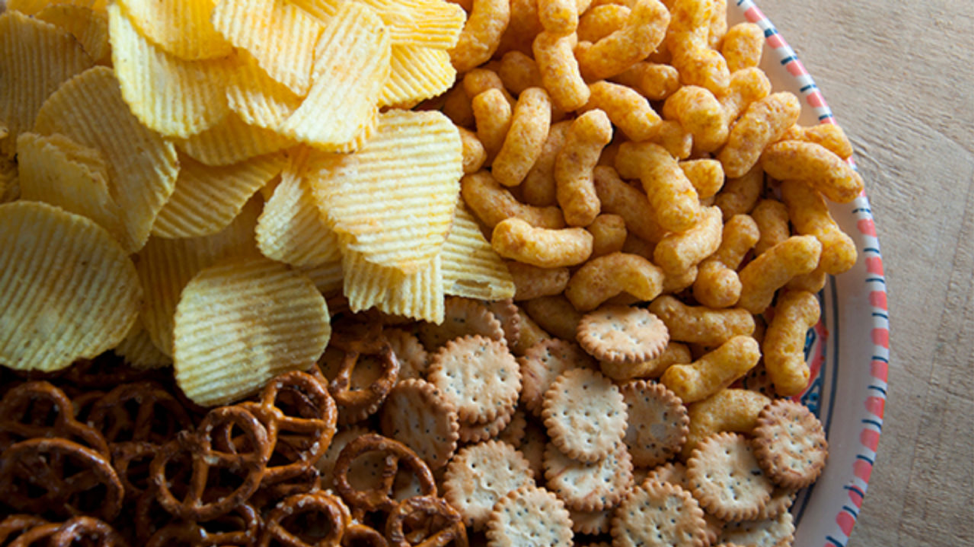
Protein
Most people are familiar with proteins and their functions of building our bodies, but let’s take a closer look. Proteins are made up of compounds called amino acids, which make up 75% of the solids in our bodies. Amino acids contribute to brain function, cell production, muscle composition and other important bodily functions. Proteins can be found in foods like fish, beef, chicken and other meats, and also vegetable sources such as nuts, beans and chia seeds. For this program, we will focus on protein’s important role of building muscle. It is suggested that for the average sedentary man, 56 grams of protein should be consumed per day, and for women 46 grams of protein. This suggestion is if your daily life consists mostly of inactivity, but we want to aim for muscle GAIN to contribute to our lean body mass (which burns fat) so Warriors need to up the protein intake!
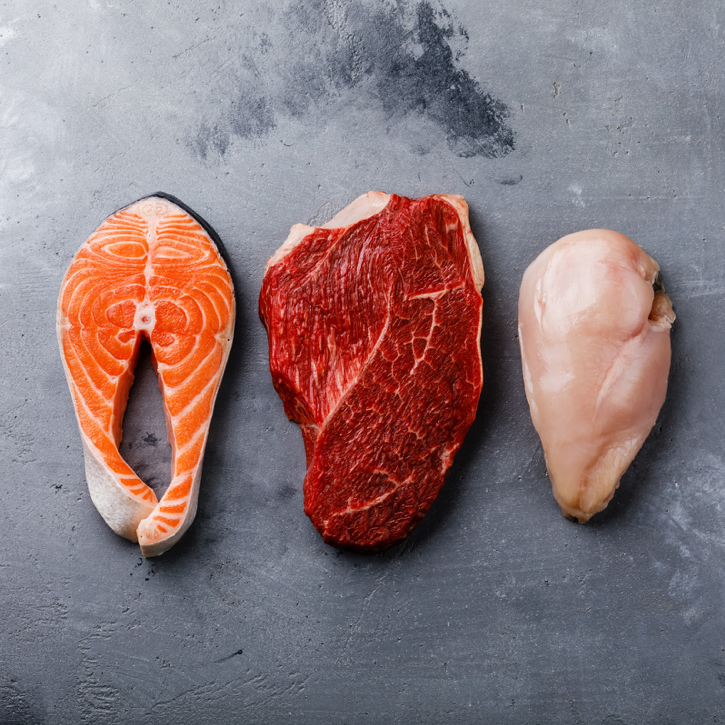
WRAP UP
Macronutrients are a broad, but important look at nutrition at large. The key takeaway here is to maintain a well-balanced diet that doesn’t lean too far on either of your macros. Micronutrients are the other half of nutrition that include vitamins and minerals that we will learn in month 3. So Warrior, take this information and arm yourself with it for the journey moving forward to a healthier you!
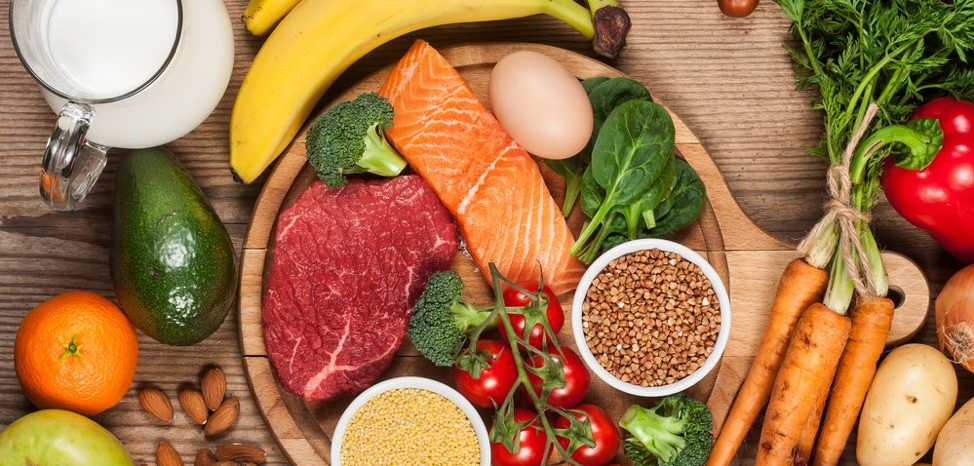
TEST YOUR SKILLS AND KNOWLEDGE
JOIN THE COMMUNITY, INTERACT WITH OTHER WARRIORS
©Warrior lifestyle program 2019. All rights reserved
AS SEEN ON TV:

